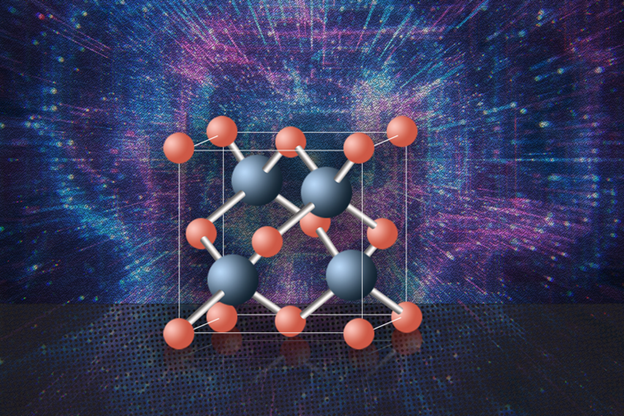What Denotes the Best Possible Semiconductor?
Silicon’s properties as a semiconductor are far from ideal. Although silicon lets electrons whizz through its structure easily, it is less accommodating to electrons’ positively charged counterparts. Harnessing both is important for some chips. It is also not very good at conducting heat, which is why overheating issues and expensive cooling systems are common in computers.
Researchers at MIT show that a material known as cubic boron arsenide overcomes both limitations and provides high mobility to both electrons and holes. It has excellent thermal conductivity, and the researchers claim it is the best semiconductor material ever found—and may prove to be the best possible.
So far, cubic boron arsenide has only been made and tested in small, lab-scale batches that are not uniform. The findings are in the journal Science. The new work shows that boron arsenide has all the main qualities needed for an ideal semiconductor with its high mobility for both electrons and holes.
Scientists initially predicted the electronic properties of cubic boron arsenide based on quantum mechanical density function calculations. MIT’s results, using optical detection methods, validate the predictions. Not only is the material’s thermal conductivity the best of any semiconductor, but it also has the third-best thermal conductivity of any material after diamond and isotopically enriched cubic boron nitride. The challenge now is to figure out practical ways of making this material in usable quantities.

